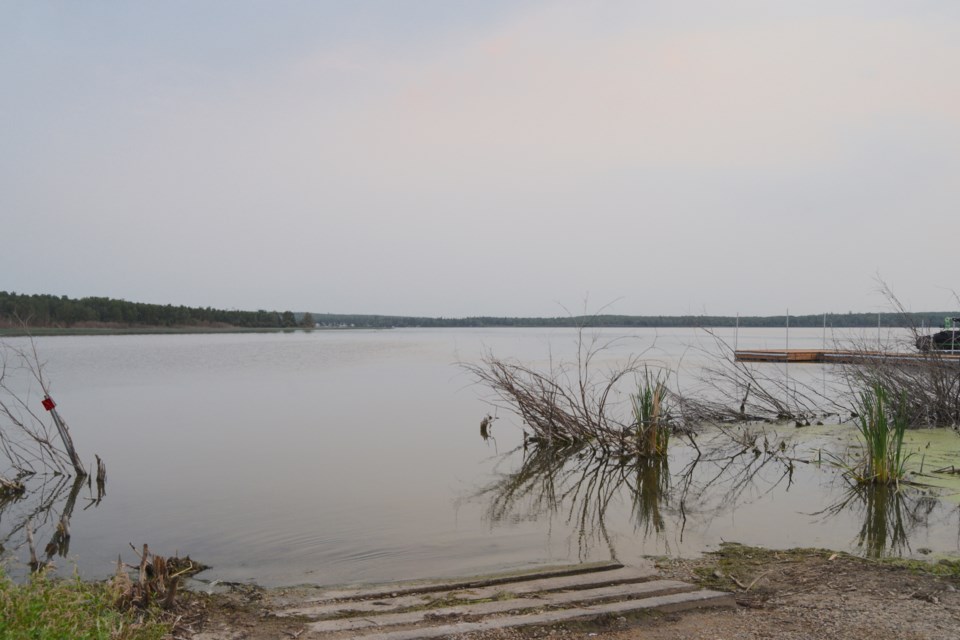BARRHEAD-People hoping to catch the big one or any fish for that matter at Thunder Lake might have to wait a while.
That is because Alberta Environment and Park's (AEP) stocking efforts at the lake have been delayed because of abnormally warm water temperatures.
AEP senior fisheries biologist Marcel Macullo said every year in the spring and summer, AEP stocks a portion of the provinces lakes and ponds with fish.
Due to the sheer volume of lakes, AEP can only stock a fraction of the lakes in the province.
Macullo noted that there are multiple ways AEP can stock a lake.
"Typically when it comes to our hatcheries, we stock rainbow trout," he said. "Sometimes we do restoration stocking where we try to restore native species. We also stock walleye, which is popular fish."
At Thunder Lake, AEP chose to do a fish relocation.
"What we do is take fish from a donor lake, in this case, Lac La Nonne," Macullo said. "It is all based on the principle of stocking as a management tool to provide additional angling and harvest opportunities for anglers while maintaining or enhancing our fish populations."
Originally, he said, they planned to stock Thunder Lake with pike and perch some time from May to June.
However, a perfect storm of conditions forced them to delay the relocation.
Macullo said prolonged periods of high temperatures negatively impacted oxygen levels at Thunder Lake, combined with the lack of rainfall and algae blooms have resulted in suboptimal conditions for a fish transfer.
The good news is that when more favourable conditions do come in, AEP plans to return to Thunder Lake to complete the stocking.
As for when that will be, Macullo said that will depend on several factors, the first being sustained colder temperatures.
Typically he said August tends to be the hottest month, so he does not expect it will be before the end of the month at the earliest, but it could be as late as October.
Other conditions impacting when Thunder Lake will be stocked include AEP staff availability and how long it takes to capture the fish.
Macullo added they do not have a set number planned for the transfer, saying it will depend on the method used to trap the fish and their age.
"If you transfer juvenile fish, you need higher numbers, adults a little lower," he said, adding more than likely, they would go with an adult transfer.
It can be a delicate balance on deciding how many fish to transfer and the lake.
"You want to transfer the fish from a lake that has a sustainable fish population," Macullo said. "Although you want to transfer a good number of fish, you don't want to impact the donor population."
He added Lac La Nonne is a good transfer lake for multiple reasons, saying the pike and perch populations are "in good shape", but almost as important is its proximity to Thunder Lake.
"The process is pretty stressful on fish. Less transportation means less stress making the chances of success are that much greater," Macullo said.
As for some of the other fish stocking efforts in the region, AEP was more successful with Peanut, Dolberg and Salters lakes stocked with rainbow trout.
Fortunately, Macullo said, the stocking efforts were completed earlier in the spring before the temperature started to increase.
"Trout is a coldwater fish that are stocked in a coldwater environment. If they are, they grow really, really well, but they also have a high likelihood of perishing if it gets too hot," he said, adding as such, they have a higher priority, as does walleye.
Barry Kerton, TownandCountryToday.com



